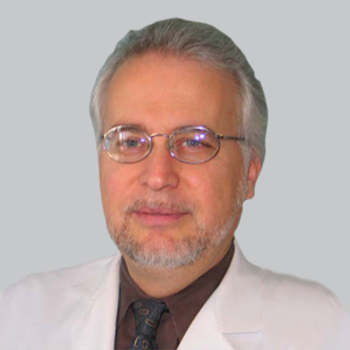
Infants with SMA—who have elevated pNF-H levels—experienced significant drops in pNF-H levels when treated with nusinersen (Spinraza, Biogen), suggestive of pNF-H’s potential as a biomarker of disease activity and treatment response.

Infants with SMA—who have elevated pNF-H levels—experienced significant drops in pNF-H levels when treated with nusinersen (Spinraza, Biogen), suggestive of pNF-H’s potential as a biomarker of disease activity and treatment response.

The approval of nusinersen in 2016 to treat spinal muscular atrophy marked an important milestone in efforts to treat the disease, but even more breakthroughs could be coming soon.
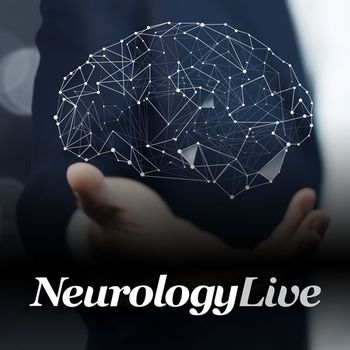
Responses from 1300 physicians suggest that increasing patient load and adding ancillary services may be the key to increasing annual income.

Neurology News Network for the week of April 20, 2019.
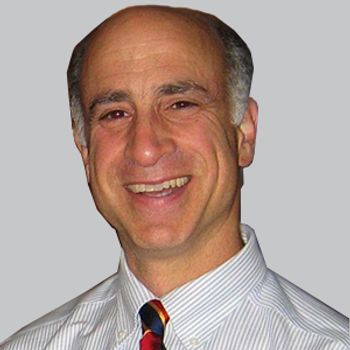
With 2 targeted treatments on the market, therapeutic development may now focus on early detection.

The phase 1 results support the initiation of the phase 2/3 clinical trial which is expected to initiate in July 2019.

Data from the STR1VE trial have reinforced the findings from the phase 1 START trial, including inclinations of prolonged survival as well as milestone achievement never seen in the natural history of SMA.

MediciNova will be moving forward with a phase 2b/3 clinical trial of the ALS therapy, also known as MN-166, in 150 patients. If successful, its data will be used to support an NDA.

The scale includes 11 observable characteristics of CDM1 and was established through the merging of experiences and advice from patients, caregivers, therapeutic experts, and the FDA.

The Aquestive Therapeutics product, marketed as Exservan, was previously granted an orphan drug designation in January 2018. Its NDA is supported by a number of studies which sought to confirm its bioequivalence to its reference listed drug.
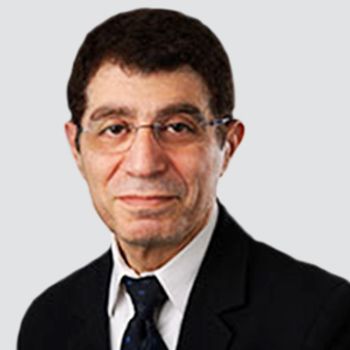
In an ongoing phase 2 study, 21 nonambulatory participants with Duchenne muscular dystrophy passed the 52-week treatment mark.

Data from a national cohort has shown a 48% rate of confirmed symptomatic fractures, which the authors suggested was expected to be a large underestimation of the real frequency in the DMD patient population.

Your patient is a former linebacker with recently diagnosed amyotrophic lateral sclerosis, who asks if football injuries caused his disease. What will you tell him?
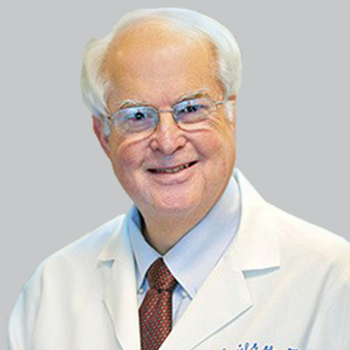
The study author, a pediatric neurologist at Baylor College of Medicine and director of the Blue Bird Circle Rett Center at Texas Children’s Hospital, spoke about the investigational Rett syndrome treatment’s potential going forward.

Of the 5 syndrome-specific efficacy measurements, trofinetide showed statistical benefits for patients with Rett syndrome on the Rett Syndrome Behavior Questionnaire, Clinical Global Impression Scale-Improvement, and the RTT Clinician Domain Specific Concerns-Visual Analog Scale.

SYROS study data showed that switching to and maintaining long-term treatment with idebenone was associated with a 50% reduction in the annual rate of decline in forced vital capacity percent of predicted.

With a pair of sBLAs under FDA review, the Allergan treatment may finally have an official indication for use in spasticity after years of off-label use by physicians.

Study results suggest that no difference in outcomes of function, survival, fatigue, or quality of life are seen between those undergoing intensive or standard exercise regimens.
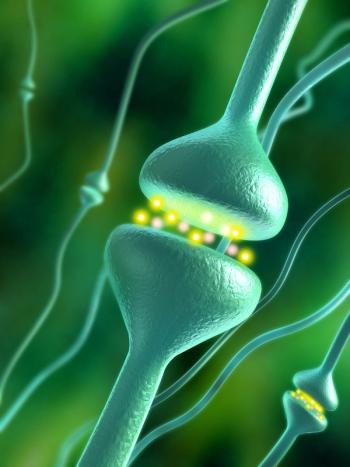
Scientists find that Schwann cells protect nerves against blood clotting factors that cause degeneration.

Ned Sharpless, MD, the director of the National Cancer Institute, has been named to the position of acting FDA Commissioner. The announcement was made just a week after the current commissioner, Scott Gottlieb, MD, announced his plans to resign in early April.

Neurology News Network for the week of March 9, 2019.

The Allergan product was granted Priority Review for upper limb spasticity and is expected to be decided on in the second quarter of 2019, while the lower limb indication will have its evaluation by the fourth quarter.

After showing success in older infants with SMA, risdiplam is now being evaluated in adults—something that’s never been done in a controlled trial of SMA.

Despite being labeled as rare diseases, a number of neurologic conditions impact more patients than most would believe. The consultant with expertise in ophthalmology, gene therapy, and rare and orphan diseases, chimed in about how these diseases can often be overlooked.

The pediatric critical care medicine attending physician in the Department of Anesthesiology and Critical Care Medicine at the Children’s Hospital of Philadelphia spoke about how physicians can better address brain death in pediatric patients.